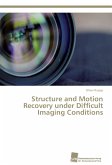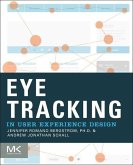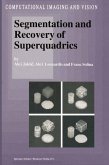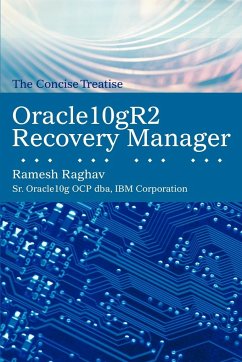This dissertation presents a technique for
recovering translational motion parameters using two
simplified planar compound-like eye schemes, namely
a parallel trinocular system and a single-row
Superposition-type Planar Compound-like Eye (SPCE).
The former resolves the matrix singularity problem
encountered when attempting to recover motion
parameters using a conventional binocular scheme.
Additional charge coupled device (CCD) cameras are
added in the horizontal direction to create a single-
row SPCE. The latter then presented in this
dissertation demonstrates a high degree of
robustness toward noise and enables the motion
estimation process to be performed in an accurate
and computationally efficient manner without any
kind of filters. Whilst science can not
realistically hope to improve upon the visioning
capabilities found in the insect world, the
techniques presented in this dissertation
nonetheless provide a sound foundation for the
development of artificial planar-array compound-like
eyes which mimic the mechanisms at work in
biological compound eyes and attain an enhanced
visioning performance as a result.
recovering translational motion parameters using two
simplified planar compound-like eye schemes, namely
a parallel trinocular system and a single-row
Superposition-type Planar Compound-like Eye (SPCE).
The former resolves the matrix singularity problem
encountered when attempting to recover motion
parameters using a conventional binocular scheme.
Additional charge coupled device (CCD) cameras are
added in the horizontal direction to create a single-
row SPCE. The latter then presented in this
dissertation demonstrates a high degree of
robustness toward noise and enables the motion
estimation process to be performed in an accurate
and computationally efficient manner without any
kind of filters. Whilst science can not
realistically hope to improve upon the visioning
capabilities found in the insect world, the
techniques presented in this dissertation
nonetheless provide a sound foundation for the
development of artificial planar-array compound-like
eyes which mimic the mechanisms at work in
biological compound eyes and attain an enhanced
visioning performance as a result.








